In many families, some members get a whole lot of attention while others are quietly brilliant without attracting a crowd. And in the family of oils from the Cucurbitaceae plant family, this holds true.
Kalahari melon oil has been getting a lot of attention recently, and with good reason. It is an exceptional oil and one we will be discussing here, but it is just one of several exceptional oils we get from this botanical family. The Cucurbitaceae plant family includes squash, pumpkins, gourds and cucumbers and each of these plants produces seeds, and from the seeds we can get a range of rich, skin nourishing oils.
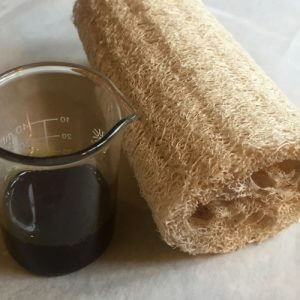
Here’s a few of the oils I use from the Cucurbitaceae Plant Family:
- Kalahari Melon Oil, also called Watermelon Seed Oil
- Cucumber Seed Oil
- Loofah Seed Oil
- Pumpkin Seed Oil
There is also a Butternut Squash Seed Oil that I haven’t put my hands on yet!
Let’s take a look these four lipid oils pressed from the seeds of plants in the Cucurbitaceae family.
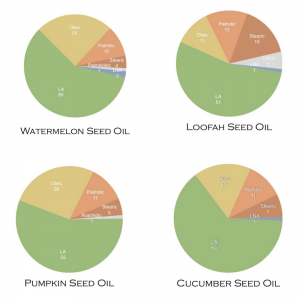
In the diagram on the right, you can see fatty acid composition of these four oils. The visual pie charts give you an idea of where these oils are similar in their fatty acid structure.
In my research and work with the oils over the past 20 years I have noticed that oils from the same plant family often share many similar characteristics. This is of course a general observation, and there will be exceptions, but often times botanical families produce oils that are consistent across the group.
I want to clarify one thing before we go further, we’re talking about the lipid oils, that you know as carrier oils, fixed oils and base oils. They are the oils pressed from seeds, nuts and kernels of the plant world and are made up predominantly of fatty acids. This is in contrast to the essential oils, those aromatic compounds distilled from flowers, leaves, bark, roots and peels are different and other plant parts. If you’ve been following me for a while you know this, but I like to remind people of the differences. Partly because the word oil is used so often to describe both the lipid (carrier) oils and the volatile essential oils.
Kalahari Melon Oil
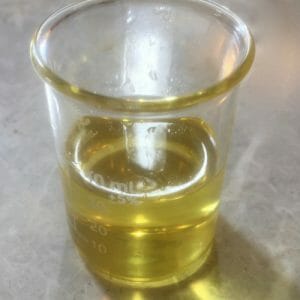
The name, Kalahari melon seed oil immediately places the oil in that part of Africa, the Kalahari desert. It is one of the ancient oils that has been in use for skin, hair care and nutrition since the time of the Egyptians.
The oil’s fatty acid make up is consistent with other members of the Gourd family and is high in polyunsaturated linoleic acid. This quality helps the oil soak into the skin where it is able to provide nutritious and protective properties. This is particularly necessary for native peoples that live in hot dry climates but these same benefits apply to everyone.
Cucumber Seed Oil
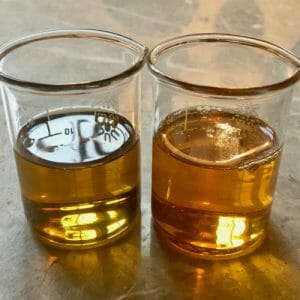
High in unsaponifiable phytosterols, vitamin E and the mineral silica this oil helps skin maintain tone and prevent skin damage from oxidation.
Cucumber seed oil is similar to the Kalahari melon oil, both are light, high in linoleic acid, protective and nourishing. Some versions of the oil, if not overly refined can have a lovely cucumber scent that is almost perfume like.
The two oils in the image to the right are both cucumber seed oil but I bought them from different suppliers. Color and scent can both vary so much from batch to batch and supplier to supplier. It’s always worth ordering a small amount when you are purchasing an oil for the first time to make sure it is what you want!
Loofah Seed Oil and Pumpkin Seed Oil

The other two members of the Gourd family are pumpkin seed oil and Loofah seed oil. While high in linoleic acid and similar in fatty acid make up to kalahari melon oil and cucumber seed oil, pumpkin seed oil and loofah seed oil are both are dark brown in color. This shows an abundance of unsaponifiable compounds that include vitamins and minerals that includes zinc, copper, and manganese. Carotenoids, those red orange color precursors of vitamin A also contribute to the dark color of these two oils. Similar phytosterols to the cucumber and kalahari melon oil also help protect skin from damage and help maintain moisture.

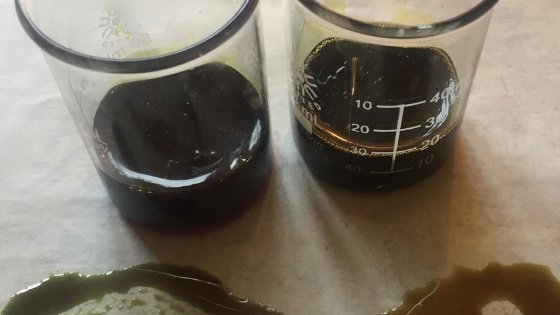
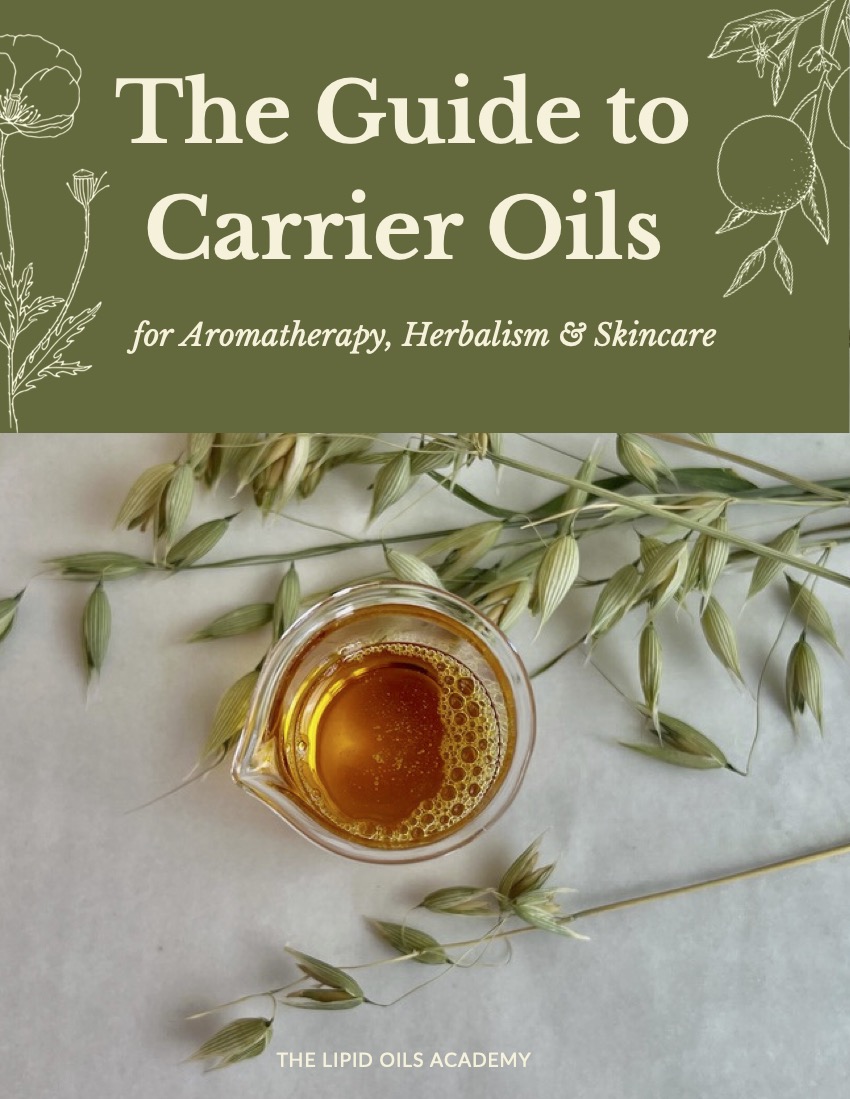
Hi there we are super pleased to announce that we have done a standard on the Kalahari melon seed oil for cosmetics in South Africa. It is really a most sustainable oil and worth while including in formulations. Karen Swanepoel Southern African Essential Oil Producers Association. http://www.saeopa.co.za
Hi Susan
Have you covered arugula somewhere?? I couldn’t find it .
I’d really appreciate your in-depth insight though my supplier has given me the information on it .
This is one oil I’m playing around with along with satcha inchi and prickly pear not to mention our own Indian melon seed oil which is equivalent to kalahari melon …I’m biased or maybe not
Is there an arugula oil? That is a new one to me! Where is it produced? I’d love to know what your supplier told you!
Thank you Susan! Very interesting! I have some pumpkin that must be refined because it is not dark green. But it is one of my favorites.
I also have some Loofah and Kalahari Melon that I am playing with so I ran cross this when I searched for info about it. Cool beans!!! 🙂
Thank you Susan.. your sharing of information is always fabulous and indepth. Appreciate it. I am playing with some of these, haven’t tried cucumber oil yet, but have used they hydrosol in products. it always brings up images and feelings of ‘cooling’
Eileen
Thank you so much for this!
As always, Susan you always provide the best information on new oils. Thanks you.
thank You-
Great information!
Will be buying your book soon!
Thanks so much for your email it’s fascinating! I’m a total beginner and jyst want to soak every bit of information up. With all those seeds in mind could I at home give it ago to extract those oils from the seeds ??? And would I then add it to another carrier oil .? Sorry if that’s a real silly question lol . Thanks Bianca
Hi Bianca, not a silly question but you’d need an awful lot of seeds to get any quantity of oil. Carrier type oils are usually things we buy, not make ourselves but some people do try.